As the mercury rises and the dog days of summer make their sweltering presence felt, cat owners often ponder, "What's the best way to keep a cat cool?" Ensuring your feline friend stays comfortable during hot weather is not just a matter of comfort, but also of health. Let's dive into the best practices for keeping your cat cool and content when temperatures rise.
Key Takeaways:
- Hydration is Key: Always provide fresh water and consider adding ice cubes or a water fountain to encourage drinking.
- Create a Cool Environment: Utilize air conditioning, fans, and shade to maintain a cool indoor atmosphere.
- Monitor for Signs of Heat Stress: Be vigilant for symptoms like rapid breathing, bright red gums, or lethargy, and know when to seek veterinary help.
Fresh Water: The Foundation of Feline Cooling
Ensuring that your cat has access to fresh water is crucial in hot weather. Cats are notorious for being finicky drinkers, but during the summer months, it's vital to encourage them to stay hydrated.
Place multiple water bowls around your home and consider adding a few ice cubes to keep the water enticingly cool. A water fountain can also be a great investment, as the movement of water can stimulate your cat's interest in drinking.
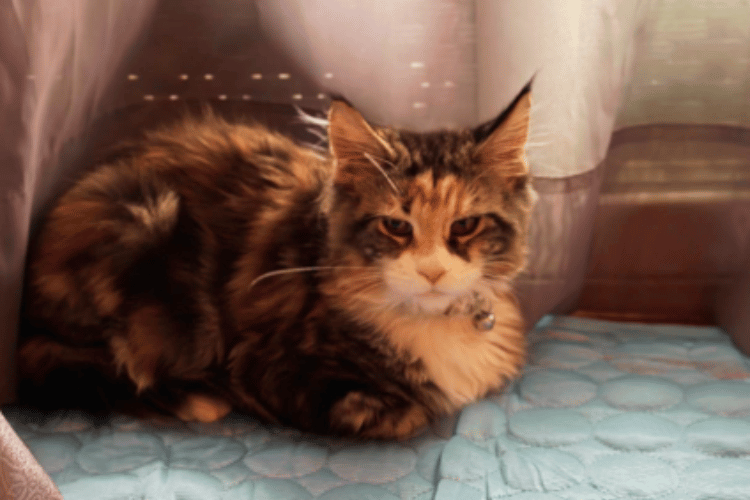
The Role of Diet in Keeping Cats Cool
Swapping dry food for wet food can help increase your cat's water intake. Wet food has a higher moisture content, which can be beneficial in preventing dehydration. If your cat is particularly attached to their dry kibble, try adding a little water or broth to it. This not only helps them stay hydrated but also makes the food more appealing during the hot days.
Air Conditioning and Fans: Your Cat's Best Friends
Air conditioning is one of the most effective ways to keep your cat cool. If you have an air conditioner, make sure it's in good working order before the summer heat hits. For homes without air conditioning, fans can help keep the air moving and create a more comfortable environment. Position fans so that they circulate air without blowing directly on your cat, as most cats prefer a gentle breeze.
The Importance of Shade and Cool Surfaces
Cats naturally seek out cool surfaces to lie on when it's hot. You can help by ensuring there are plenty of shaded areas in your home. If your cat enjoys lying on the floor, tiles or other hard floors can provide a cool spot for them to relax. You can also place damp towels in their favorite resting places to create a refreshingly cool surface.
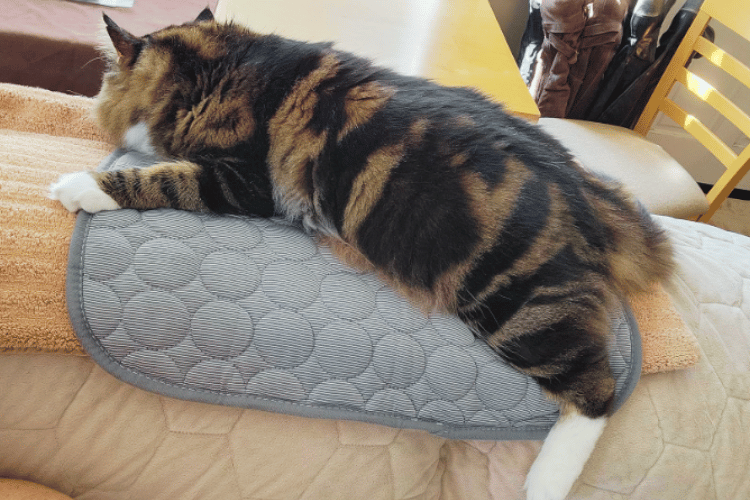
Cooling Mats and Ice Packs: Innovative Cooling Tools
Cooling mats are specially designed to help keep cats cool. These mats often contain a gel that stays cool to the touch and can be a perfect retreat for your cat on hot days. Alternatively, wrapping ice packs in a towel and placing them in your cat's bed can offer a similar cooling effect. Just make sure the ice packs are not too cold or directly in contact with your cat's skin.
The Dangers of Heat Stroke and Heat Exhaustion
Heat stroke and heat exhaustion are serious risks for cats during the summer heat. Signs of heat stress include rapid breathing, lethargy, and bright red gums. If you notice any of these symptoms, it's essential to cool your cat down gradually and contact your vet immediately. Remember, even indoor cats can suffer from heat-related illnesses if your house becomes too hot.
Grooming: A Natural Way to Beat the Heat
Cats are meticulous groomers, and this habit serves more than just cleanliness; it's a built-in cooling system. When pondering what's the best way to keep a cat cool, consider assisting your feline friend with grooming. Long-haired breeds can trap heat in their dense fur, so regular brushing helps remove excess hair and increases air circulation to the skin. For cats that tolerate it, a summer trim might be beneficial, but never shave your cat, as their fur also protects against sunburn.
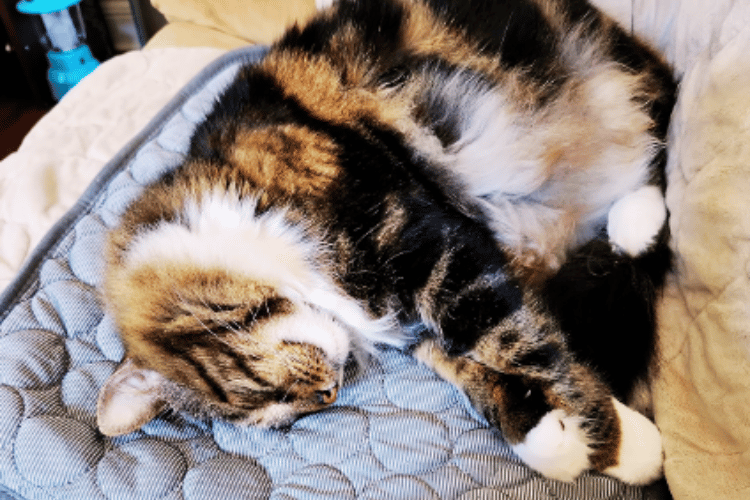
In addition to brushing, you can dampen your hands and gently stroke your cat's fur. This mimics their natural grooming process and can provide a cooling effect as the moisture evaporates. Be mindful to keep your cat comfortable during these sessions, as not all cats appreciate being wet. A cool, damp cloth can also be used to gently stroke the cat, especially on the belly and paws where the fur is thinner and the skin is more exposed to cooling.
Creating a Cool Retreat at Home
Cats instinctively seek out cool spots to lounge, so why not create a dedicated cool retreat in your home? Start by placing your cat's bed in a shady spot away from direct sunlight. If the bed is elevated, air can circulate underneath, which helps to keep it cool. You can also place a cooling mat beneath the bed or swap dry food for wet food, which has a higher water content to help prevent dehydration. Remember, a hydrated cat is a cool cat.
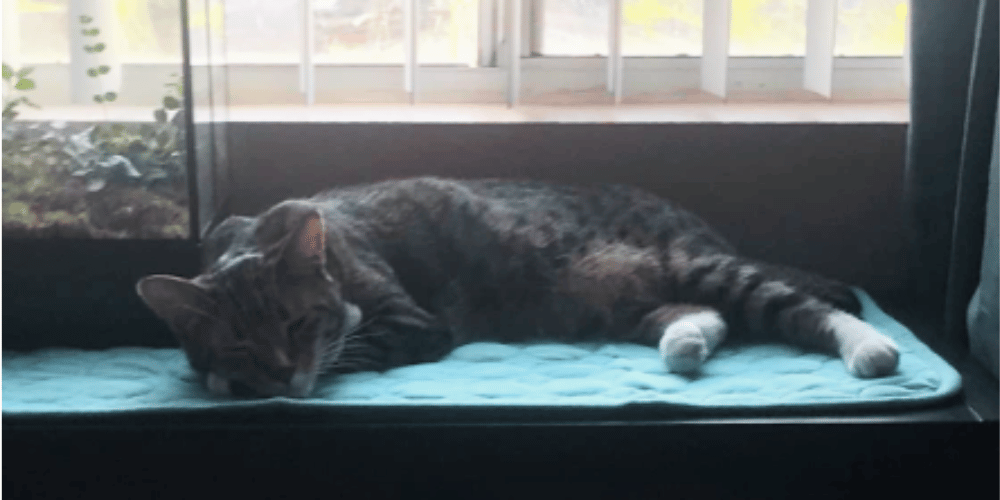
For outdoor cats, ensure there are multiple shady spots available throughout the day. Indoors, an open window with a secure screen can provide a refreshing breeze. If you have tile or hardwood floors, you'll often find your cat sprawled out on these hard surfaces because they stay cool and help the cat to release heat. Always supervise your cat with a damp towel or ice pack to ensure they don't chew on items that could be harmful if ingested.
Keeping the House Cool: Strategies for Indoor Comfort
To keep your house cool, close curtains or blinds to block out the sun during the hottest parts of the day. Open windows in the early morning and late evening to let cooler air in. If you have a basement, consider allowing your cat access to this typically cooler area. Remember to check sheds and other outdoor structures to ensure your cat hasn't become trapped in a hot area.
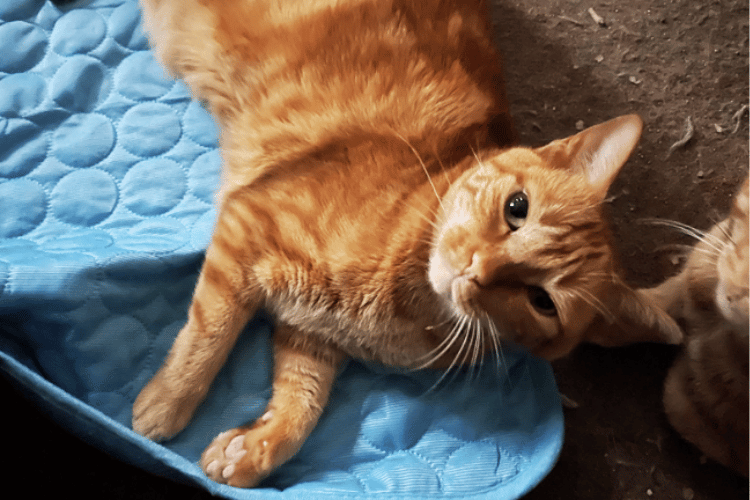
Wet Cloth and Damp Towel Tricks
A damp washcloth or paper towel can be used to gently stroke your cat's fur, mimicking the cooling effect of their own grooming. Focus on areas where cats tend to overheat, such as the head and paw pads. A damp towel can also be placed in your cat's favorite lounging spots, providing a cool surface for them to lie on.
Avoiding Strenuous Exercise During Peak Heat
It's best to avoid engaging your cat in strenuous exercise during the hottest parts of the day. Early morning or evening, when temperatures are cooler, are the best times for play. This helps prevent your cat from overheating and ensures they can enjoy their activities without the increased risk of heat stress.
Recognizing the Special Needs of Older Cats
Older cats, like older humans, often have a harder time regulating their body temperature. They may also be more susceptible to heat-related illnesses. Make sure your senior cat has easy access to cool spots and fresh water, and monitor them closely for signs of heat exhaustion or heat stroke.
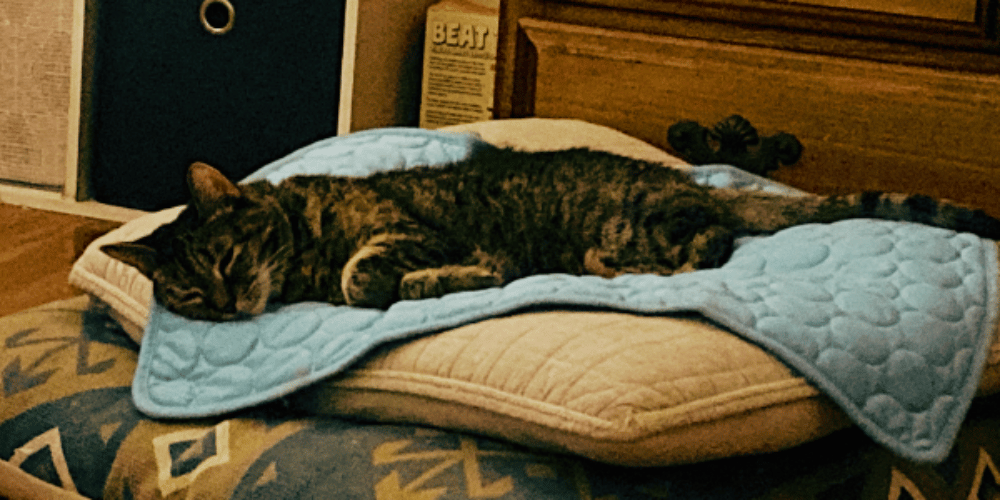
The Benefits of a Cool Bath
For cats that tolerate water, a cool bath can be a quick way to reduce body temperature. Fill a sink or basin with a few inches of cool water and gently place your cat inside. Most cats will not appreciate a full bath, so even just dipping their paws in can help them cool down by leaving wet paw prints around, which evaporate and cool the surrounding air.
The Importance of Regular Vet Check-Ups
Regular vet check-ups are important to ensure your cat is healthy and to discuss any concerns about keeping them cool in the summer. Your vet can provide personalized advice based on your cat's health, age, and lifestyle.
Summary
Keeping your cat cool during the hot weather is essential for their health and well-being. By providing fresh water, ensuring a cool environment, and being vigilant for signs of heat stress, you can help your feline friend stay comfortable and safe. Remember to adapt your strategies to your cat's preferences and needs, and when in doubt, consult your vet for advice.
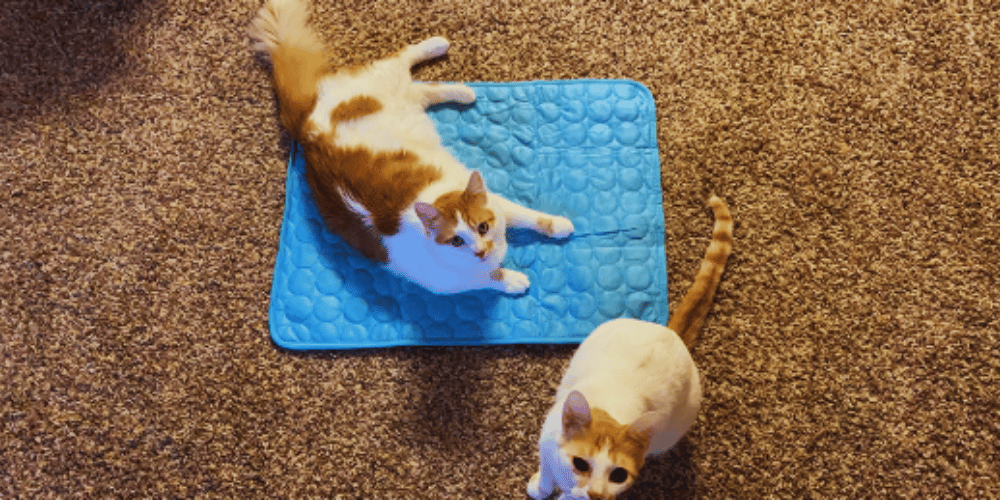
FAQ Section
How can I tell if my cat is overheating?
Signs of overheating in cats include rapid breathing, lethargy, and bright red gums. If your cat starts panting or seems disoriented, these are also indicators that they may be too hot.
Is it safe to give my cat ice water to cool down?
Yes, adding ice cubes to your cat's water bowl can help keep the water cool and encourage them to drink more. However, avoid giving them large chunks of ice to chew on, as this can damage their teeth.
Can I leave my cat in a room with a fan running?
Fans can help keep the room cool, but make sure the fan isn't blowing directly on your cat, as most cats prefer a gentle breeze. Also, ensure that your cat can move away from the fan if they choose to.
Thank you for visiting LegitLists we hope this helps you make a legitimate choice!






